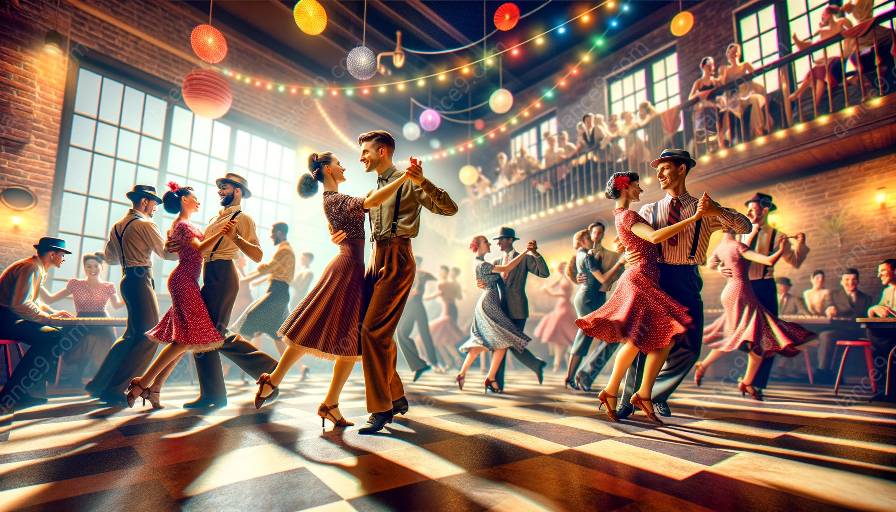Swing dance is not merely a form of movement; it encapsulates an entire culture and has deeply ingrained social, historical, and cultural aspects. Understanding the background and context of swing dance is essential for anyone interested in its practice and its ties to swing and dance classes.
The Origin and Evolution of Swing Dance
The roots of swing dance can be traced back to the 1920s and 1930s when it emerged alongside the energetic and vibrant styles of jazz music and big band orchestras. It originated in African-American communities in Harlem, New York, and quickly spread across the United States, eventually becoming a global cultural phenomenon.
As swing dance evolved, it incorporated elements from various dance traditions, including the Charleston, the Lindy Hop, and the Jitterbug. Each of these influences contributed to the diverse and dynamic nature of swing dance, reflecting the cultural melting pot from which it emerged.
Social Dynamics of Swing Dance
Swing dance has always been closely intertwined with social interactions, fostering a sense of community and belonging. The dance floors where swing is practiced serve as social spaces where individuals from different backgrounds and walks of life come together to express themselves through movement and music.
Furthermore, swing dance has often been associated with the breaking down of social barriers. In its early days, it provided a platform for interracial interaction and collaboration, often challenging the racial segregation prevalent in the broader society.
Cultural Impact and Influence
The influence of swing dance extends beyond the dance floor and has left an indelible mark on popular culture. It has been featured in numerous films, television shows, and stage productions, helping to perpetuate its legacy and cultural significance.
Moreover, swing dance has inspired an entire subculture dedicated to its preservation and promotion. Swing enthusiasts, often referred to as 'Swing Kids,' actively participate in dance events, classes, workshops, and competitions, ensuring that this vibrant form of expression continues to thrive.
Swing and Dance Classes
For those interested in learning swing dance, taking classes can provide invaluable insights into its social and cultural context. Instructors often emphasize the historical and cultural underpinnings of swing dance, helping students develop a deeper appreciation for its significance beyond the physical movements.
By immersing oneself in swing and dance classes, individuals not only acquire the technical skills necessary to master the dance but also become part of a community that cherishes the traditions and values embodied in swing dance.
In conclusion, the social and cultural aspects of swing dance are inextricably linked to its practice and perpetuation. Delving into its origins, social dynamics, and cultural impact enhances our understanding of the rich tapestry of human experiences embedded within this art form. The interplay between swing dance, swing music, and the communal atmosphere of dance classes creates a captivating and enriching environment that continues to attract new enthusiasts while preserving the traditions of the past.













































































